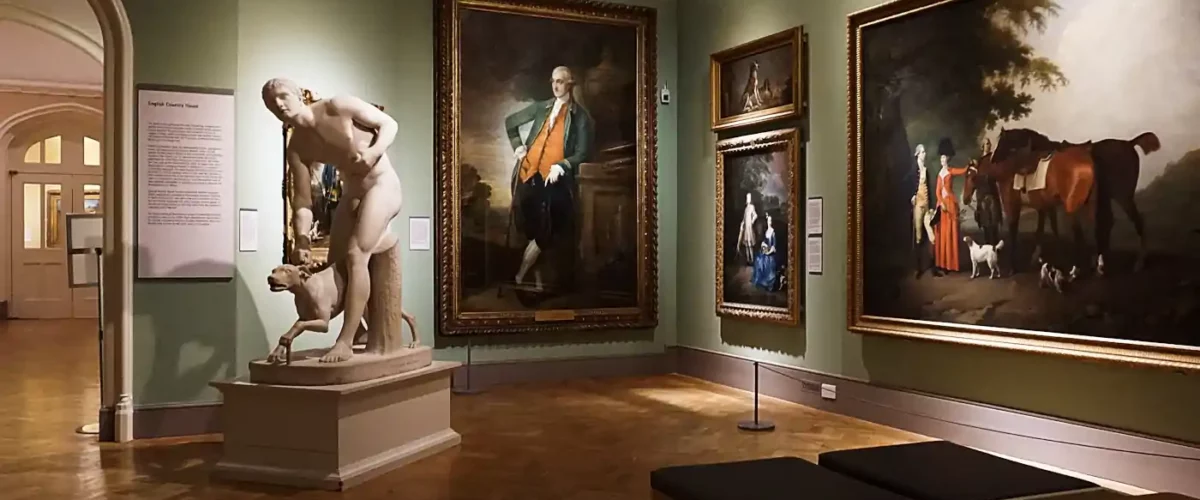The number of styles and directions is huge, if not infinite. The key feature by which works can be grouped by style is the unified principles of artistic thinking. The change of some ways of artistic thinking by others (alternating types of compositions, techniques of spatial constructions, features of color) is not accidental. Our perception of art is also historically changeable.
Building a system of styles in a hierarchical order, we will adhere to the Eurocentric tradition. The largest in the history of art is the concept of an epoch. Each epoch is characterized by a certain “picture of the world”, which consists of philosophical, religious, political ideas, scientific ideas, psychological features of world perception, ethical and moral norms, aesthetic criteria of life, according to which one epoch is distinguished from another. Such are the Primitive epoch, the epoch of the Ancient World, Antiquity, the Middle Ages, the Renaissance, the New Age.
Boundaries of styles
Styles in art do not have clear boundaries, they smoothly transition into one another and are in continuous development, mixing and counteraction. Within the framework of one historical artistic style, a new one is always born, and that, in turn, passes into the next. Many styles coexist at the same time and therefore there are no “pure styles” at all.
Several styles can coexist in the same historical epoch. For example, Classicism, Academism and Baroque in the XVII century, Rococo and Neoclassicism – in the XVIII, Romanticism and Academism – in the XIX. Such styles as, for example, classicism and Baroque are called great styles, since they apply to all types of art: architecture, painting, decorative and applied arts, literature, music.
It is necessary to distinguish: artistic styles, trends, trends, schools and features of individual styles of individual masters. There may be several artistic trends within the same style. The artistic direction consists of both typical features for this era, and of peculiar ways of artistic thinking.
The Art Nouveau style, for example, includes a number of turn-of-the-century trends: post-Impressionism, symbolism, Fauvism, etc. On the other hand, the concept of symbolism as an artistic direction is well developed in literature, while in painting it is very vague and unites artists so stylistically different that it is often interpreted only as uniting their worldview.
The definitions of epochs, styles and trends that have somehow been reflected in modern fine and decorative arts will be given below.
Gothic
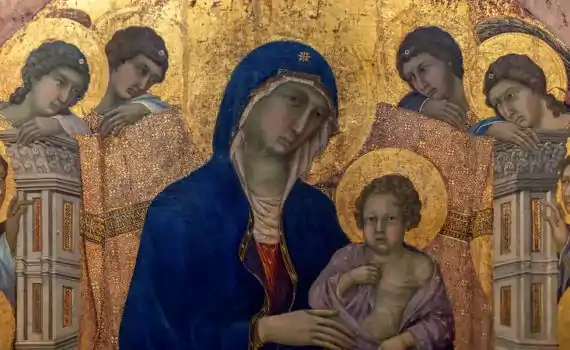
Gothic is an artistic style formed in the countries of Western and Central Europe in the XII-XV centuries. It was the result of the centuries-old evolution of medieval art, its highest stage and at the same time the first ever pan-European, international art style. It covered all kinds of art – architecture, sculpture, painting, stained glass, book design, decorative and applied art. Therefore, the basis of the Gothic style was architecture, which is characterized by skyward pointed arches, multicolored stained-glass windows, visual dematerialization of form.
Elements of Gothic art can often be found in modern interior design, in particular, in wall paintings, less often in easel painting. Since the end of the last century, there has been a Gothic subculture, vividly manifested in music, poetry, and fashion design.
Renaissance styles
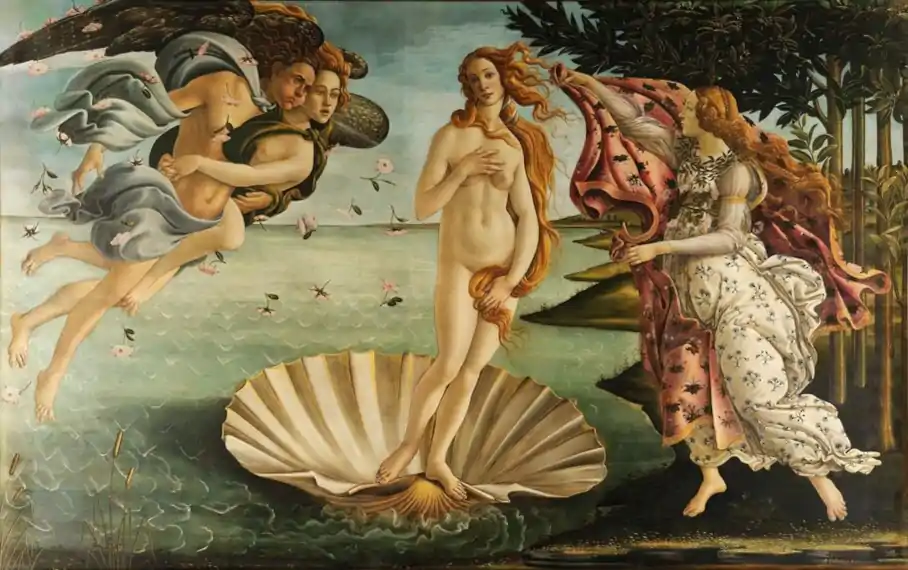
Renaissance (Renaissance) – (French. Renaissance, ital. Rinascimento) An epoch in the cultural and ideological development of a number of countries in Western and Central Europe, as well as some countries in Eastern Europe.
The main distinguishing features of Renaissance culture are: secular character, humanistic worldview, appeal to the ancient cultural heritage, a kind of “revival” of it (hence the name). Renaissance culture has specific features of the transitional era from the Middle Ages to the modern era, in which the old and the new, intertwining, form a kind of qualitatively new alloy.
The question of the chronological boundaries of the Renaissance (in Italy – the 14th-16th centuries, in other countries – the 15th-16th centuries), its territorial distribution and national characteristics is a difficult one. For example, the elements of this style in modern art are quite often used in wall paintings, less often in easel painting.
Mannerism
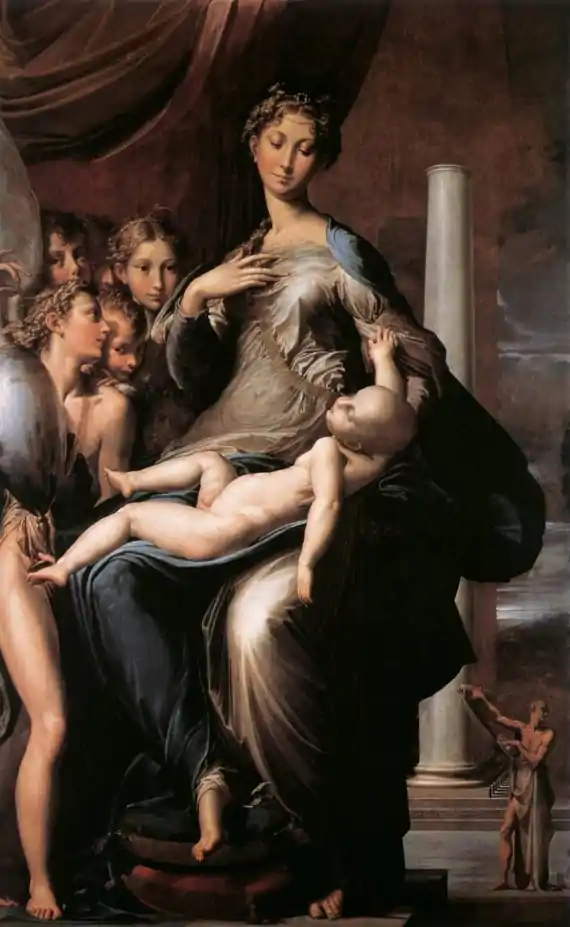
Mannerism – (from the Italian maniera – reception, manner) current in the European art of the XVI century. Representatives of Mannerism have moved away from the Renaissance harmonic perception of the world, the humanistic concept of man as a perfect creation of nature.
A keen perception of life was combined with a programmatic desire not to follow nature, but to express the subjective “inner idea” of an artistic image born in the artist’s soul. It manifested itself most vividly in Italy. The Italian Mannerism of the 1520s (Pontormo, Parmigianino, Giulio Romano) is characterized by dramatic sharpness of images, tragic perception of the world, complexity and exaggerated expression of poses and motives of movement, elongation of proportions of figures, coloristic and chiaroscuro dissonances.
For instance, it has been used by art historians to denote phenomena in contemporary art associated with the transformation of historical styles.
Baroque styles
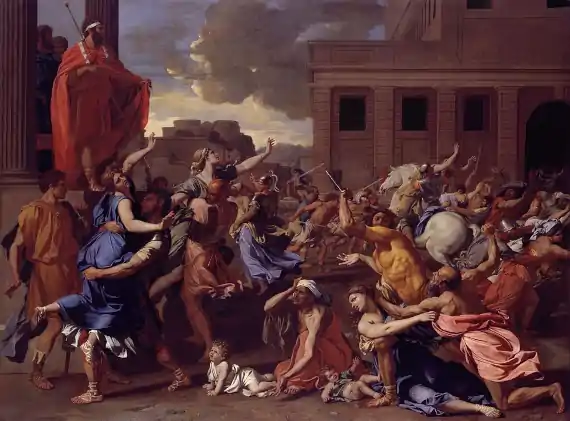
Baroque is a historical artistic style that was spread initially in Italy in the XVI-XVII centuries, and then in France, Spain, Flanders and Germany of the XVII-XVIII centuries. More broadly, this term is used to define the ever-renewing trends of restless, romantic attitude, thinking in expressive, dynamic forms. Finally, in every time, in almost every historical artistic style, one can find one’s own “Baroque period” as a stage of the highest creative uplift, tension of emotions, explosive forms.
Classicism

Classicism is an artistic style in Western European art of the XVII – beginning of XIX century and in the Russian XVIII – early XIX, who turned to the ancient heritage as an ideal for imitation. He manifested himself in architecture, sculpture, painting, decorative and applied art.
In addition, classicist artists considered antiquity to be the highest achievement and made it their standard in art, which they sought to imitate. Over time, he was reborn into academism.
Romanticism styles
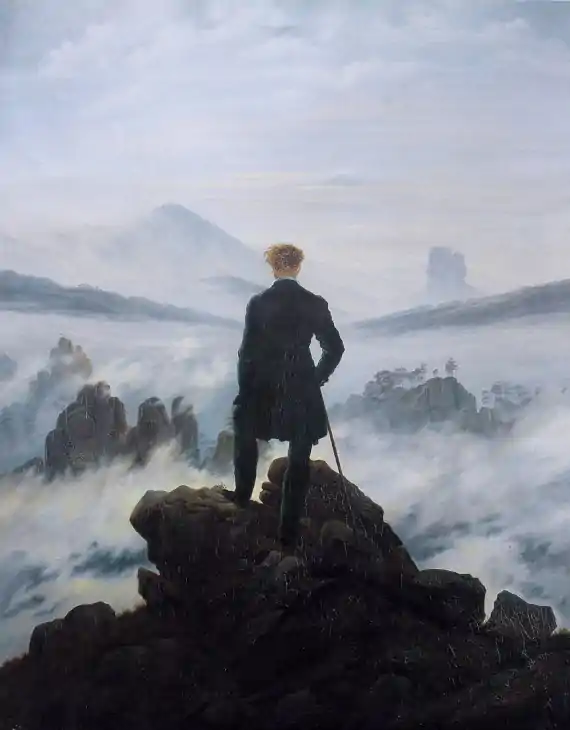
Romanticism is a trend in European and Russian art of the 1820s and 1830s that replaced classicism. The romantics brought individuality to the fore, contrasting the “imperfect” reality with the ideal beauty of the classicists. Artists were attracted by bright, rare, extraordinary phenomena, as well as images of a fantastic nature. In the art of Romanticism, an acute individual perception and experience plays an important role. In summary, Romanticism freed art from abstract classicist dogmas and turned it to national history and images of folk folklore.
Sentimentalism
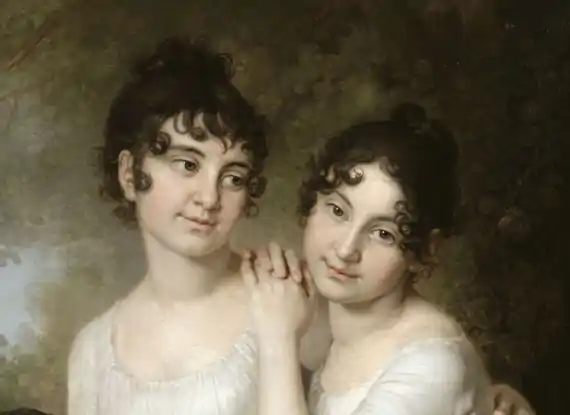
Sentimentalism – (from Lat. sentiment – feeling) is a trend of Western art of the second half of the XVIII century, expressing disappointment in “civilization” based on the ideals of “reason” (the ideology of Enlightenment). Sentimentalism proclaims feeling, solitary reflection, the simplicity of rural life of a “little man”. The ideologist of Sentimentalism is considered to be J.J.Rousseau.
Realism
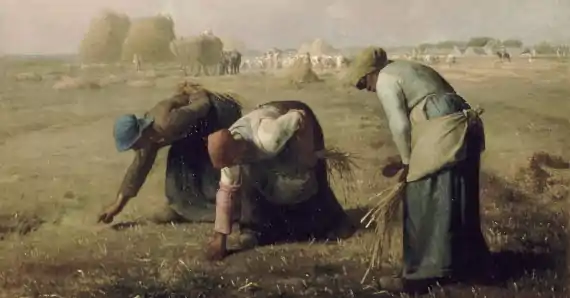
Realism is a trend in art that strives to display both the external form and the essence of phenomena and things with the greatest truth and reliability. As a creative method combines individual and typical features when creating an image. The longest direction in terms of time of existence, developing from the primitive era to the present day.
Symbolism
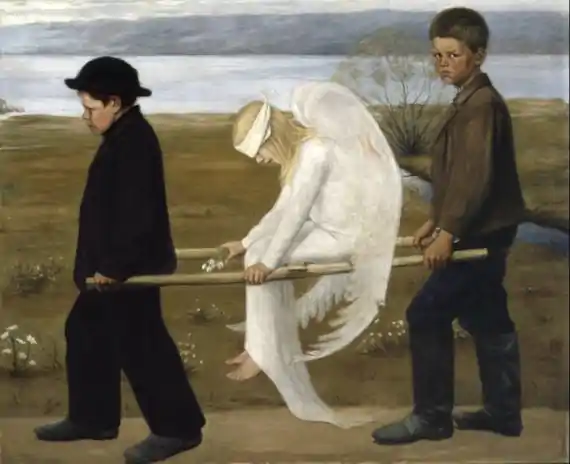
Symbolism is a trend in the European artistic culture of the late XIX-early XX centuries. Originated as a reaction to the domination of the norms of bourgeois “sanity” in the humanitarian sphere (in philosophy, aesthetics – positivism, in art – naturalism), symbolism first of all took shape in the French literature of the late 1860s-70s, later became widespread in Belgium, Germany, Austria, Norway, Russia.
The aesthetic principles of symbolism largely went back to the ideas of Romanticism. As well as to some doctrines of the idealistic philosophy of A. Schopenhauer, E. Hartmann, partly F. Nietzsche, on the creativity and theorizing of the German composer R. Wagner. Symbolism contrasted the world of visions and dreams with the living reality. A universal tool for comprehending the mysteries of being and individual consciousness was considered a symbol generated by poetic insight and expressing the otherworldly meaning of phenomena hidden from ordinary consciousness.
The artist-creator was regarded as an intermediary between the real and the supersensible. Also, finding “signs” of world harmony everywhere, prophetically guessing signs of the future both in modern phenomena and in past events.
Impressionism styles
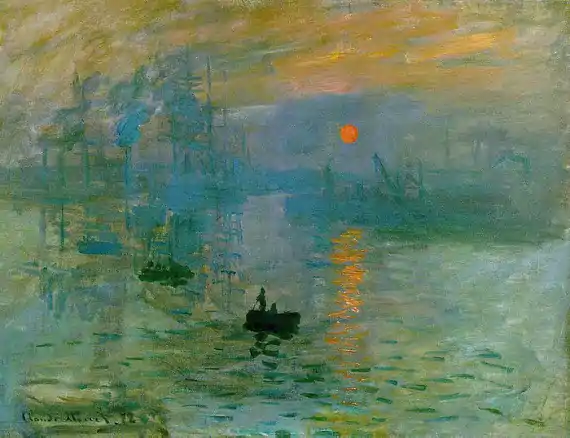
Impressionism – (from the French impression – impression) is a trend in the art of the last third of the XIX – early XX century. It originated in France. The name was introduced by the art critic L. Leroy, who disparaged the exhibition of artists in 1874, where, among others, the painting by K. Monet “Sunrise. Impression”. Impressionism asserted the beauty of the real world, emphasizing the freshness of the first impression, the variability of the surrounding. The predominant attention to solving purely pictorial tasks reduced the traditional idea of drawing as the main component of a work of art. Impressionism had a powerful impact on the art of European countries and the United States, aroused interest in real-life subjects. (E. Manet, E. Degas, O. Renoir, K. Monet, A. Sisley, etc.)
Pointillism
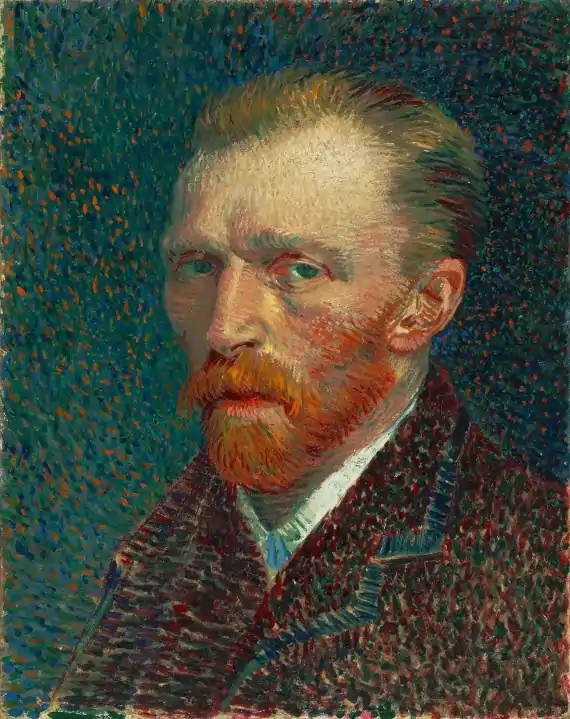
Pointillism is a trend in painting (synonymous with divisionism) that developed within the framework of neo-Impressionism. Neo-Impressionism originated in France in 1885 and spread also in Belgium and Italy. The neo-Impressionists tried to apply the latest achievements in the field of optics in art, according to which painting made with separate dots of primary colors in visual perception gives a fusion of colors and the whole range of painting. (J. Sera, P. Signac, K. Pissarro).
Post-impressionism
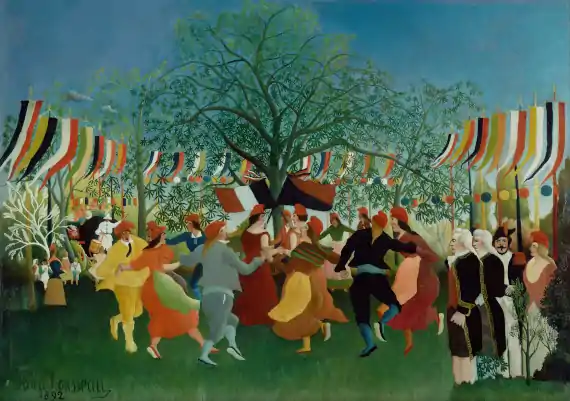
Post-impressionism – Impressionism is the conditional collective name of the main directions of French painting by K. XIX – first half of XX century. The art of post-Impressionism arose as a reaction to Impressionism, which fixed attention on the transmission of the moment, on the feeling of picturesqueness and lost interest in the form of objects. Among the post–impressionists are P. Cezanne, P. Gauguin, V. Gogh, etc.
Art Nouveau
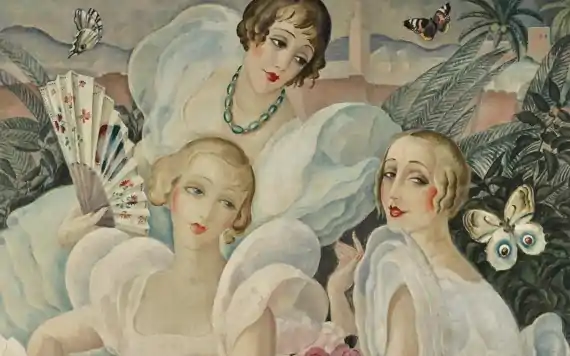
Art Nouveau is a style in European and American art at the turn of the XIX-XX centuries. Art Nouveau reinterpreted and stylized the features of art from different eras, and developed its own artistic techniques based on the principles of asymmetry, ornamentation and decorativeness. Natural forms also become the object of modern stylization. This explains not only the interest in floral ornaments in the works of Art Nouveau, but also their very compositional and plastic structure – an abundance of curved outlines, floating, uneven contours resembling plant forms.
Closely related to modernism is symbolism, which served as an aesthetic and philosophical basis for modernity, relying on modernity as a plastic realization of its ideas. Similarly, art Nouveau had different names in different countries, which are essentially synonymous: Art Nouveau – in France, Secession – in Austria, Art Nouveau – in Germany, Liberty – in Italy.
Modernism
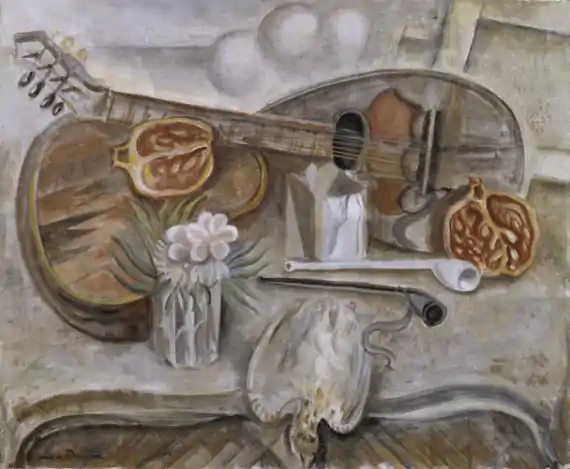
Modernism – (from the French modern – modern) is the common name of a number of art trends of the first half of the XX century, which are characterized by the denial of traditional forms and aesthetics of the past. In summary, modernism is close to avant-gardism and is opposite to academism.
Avant-gardism styles
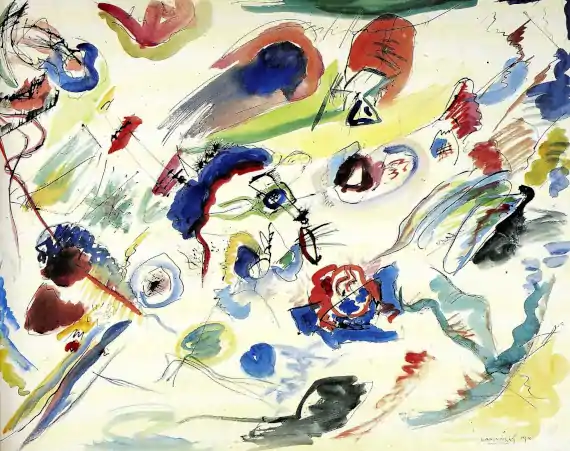
Avant–gardism is a name that unites a range of artistic trends that were widespread in the 1905-1930s (Fauvism, Cubism, Futurism, expressionism, Dadaism, Surrealism). Moreover, all these directions are united by the desire to update the language of art, rethink its tasks, and gain freedom of artistic expression.
Cezannism
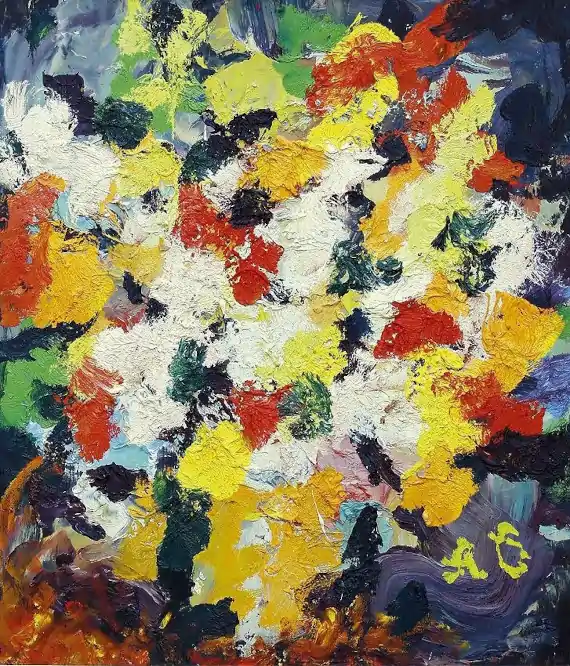
Cezannism is a trend in the art of the late XIX – early XX century, based on the creative lessons of the French artist Paul Cezanne, who reduced all forms in the image to the simplest geometric shapes. In addition, a color – to contrasting constructions of warm and cold tones. Cezannism served as one of the starting points for Cubism. To a large extent, Cezannism also influenced the Russian realistic school of painting.
Fauvism
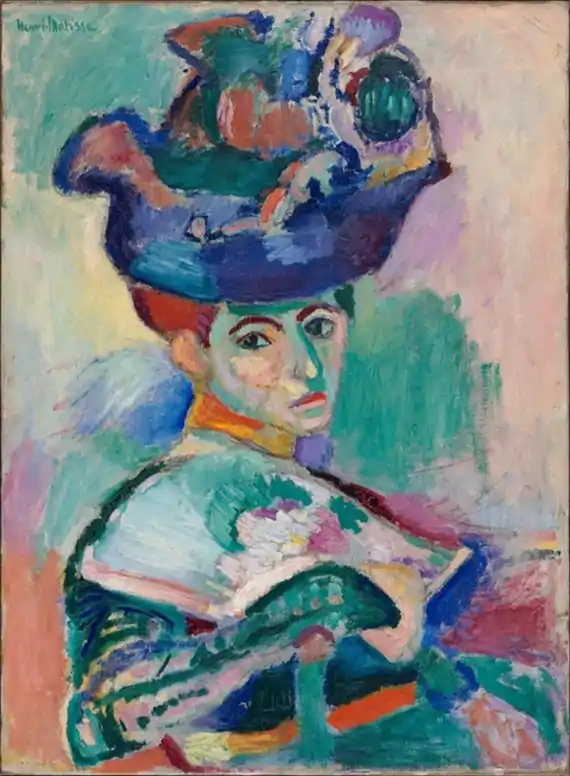
Fauvism – (from fauve – wild) avant-garde movement in French art of the XX century. The name “wild” was given by modern critics to a group of artists who performed in 1905. In the Paris Salon of Independents, and had an ironic character. The group included A. Matisse, A. Marquet, J. Rouault, M. de Vlaminck, A. Derain, R. Dufy, J. Braque, K. van Dongen, etc. The Fauvists were drawn closer by the attraction to laconic expressiveness of forms and intense coloristic solutions. The search for impulses in primitive creativity, the art of the Middle Ages and the East.
Primitivism
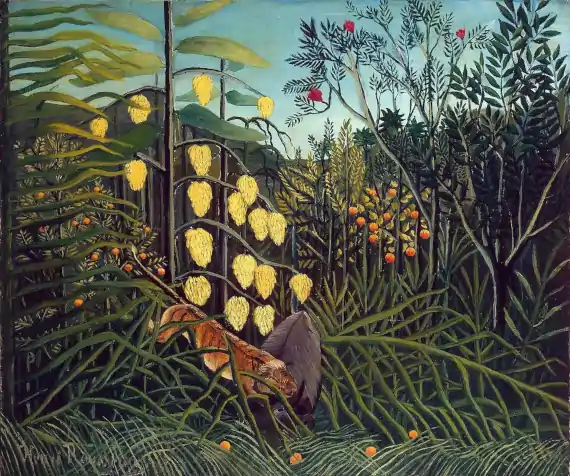
Primitivism is a deliberate simplification of visual means, imitation of primitive stages of art development. This term refers to the so–called naive art of artists who have not received special education, but are involved in the general artistic process of the late XIX – early XX century. XX century. The works of these artists – N. Pirosmani, A. Russo, V. Selivanov, etc. there is a peculiar childishness in the interpretation of nature, a combination of generalized form and small literality in details. The primitivism of the form does not at all predetermine the primitiveness of the content. It often serves as a source for professionals who have borrowed forms, images, and methods from folk, essentially primitive art. N. Goncharova, M. Larionov, P. Picasso, A. Matisse drew inspiration from primitivism.
Academism
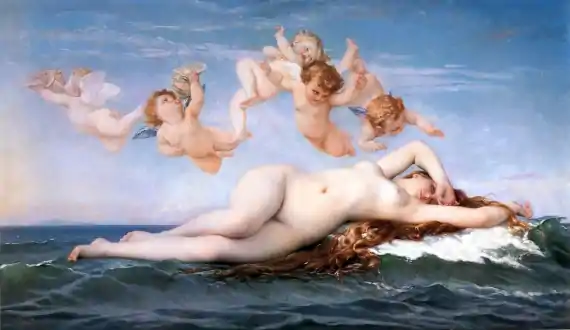
Academism is a trend in art that has developed on the basis of following the canons of antiquity and the Renaissance. It existed in many European art schools from the XVI to the XIX century. Academism turned classical traditions into a system of “eternal” rules and regulations that constrained creative searches, tried to contrast the imperfect living nature with “high” improved, perfected non-national and timeless forms of beauty. Academism is characterized by a preference for subjects from ancient mythology, biblical or historical themes to subjects from contemporary artist’s life.
Cubism styles
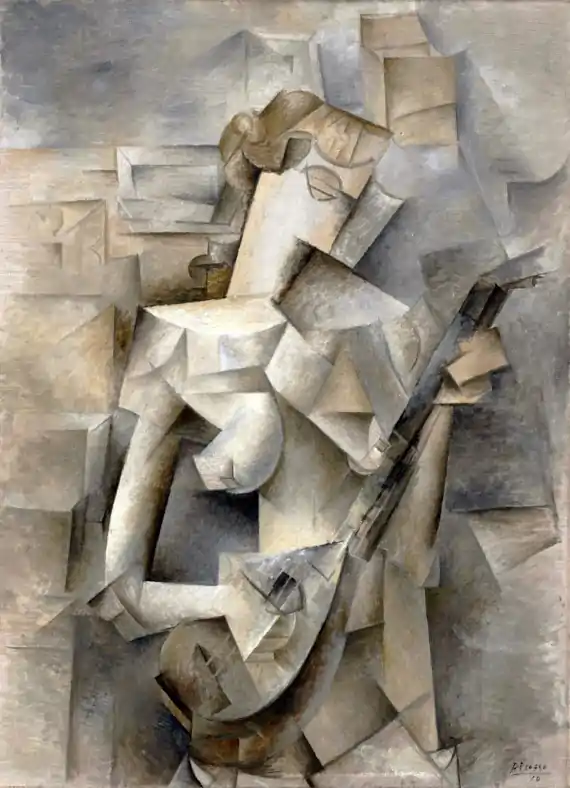
Cubism – (French cubisme, from cube – cube) is a trend in the art of the first quarter of the XX century. The plastic language of Cubism was based on the deformation and decomposition of objects into geometric planes, plastic shape shift. Above all, the birth of Cubism falls on 1907-1908 – the eve of the First World War.
The undisputed leader of this trend was the poet and publicist G. Apollinaire. This trend was one of the first to embody the leading trends in the further development of the art of the twentieth century. One of these trends was the dominance of the concept over the artistic value of the painting. The fathers of Cubism consider J.Braque and P. Picasso. Fernand Leger, Robert Delaunay, Juan Gris and others joined the emerging trend.
Surrealism

Surrealism is a trend in literature, painting and cinema that originated in 1924 in France. It greatly contributed to the formation of the consciousness of modern man. The main figures of the movement are Andre Breton and Louis Aragon. After that, Salvador Dali, Luis Bunuel, Juan Miro and many other artists around the world. Surrealism expressed the idea of existence beyond the real. The absurdity, the unconscious, dreams, and daydreams play a particularly important role here.
One of the characteristic methods of the surrealist artist is the detachment from conscious creativity. It makes it a tool that extracts bizarre images of the subconscious in various ways, akin to hallucinations. Surrealism survived several crises, survived the Second World War and gradually, merging with mass culture, intersecting with the trans-avant-garde styles, entered postmodernism as an integral part.
Futurism
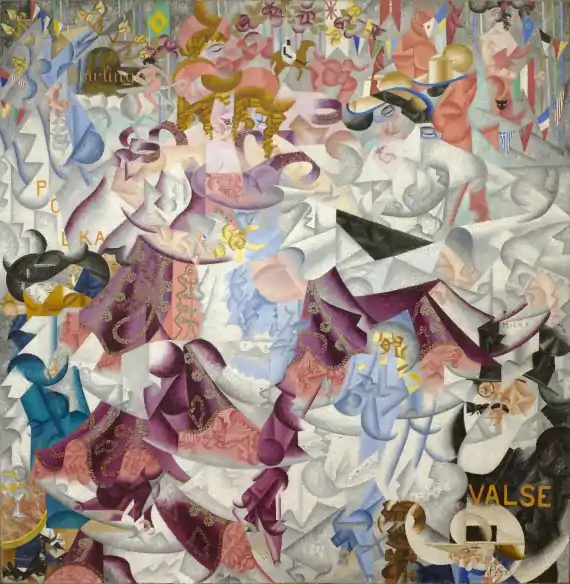
Futurism – (from Latin. futurum – the future) literary and artistic movement in the art of the 1910s. Assigning itself the role of a prototype of the art of the future, futurism as the main program put forward the idea of destroying cultural stereotypes and offered instead an apology for technology and urbanism as the main signs of the present and the future.
An important artistic idea of futurism was the search for a plastic expression of the impetuosity of movement as the main sign of the pace of modern life. The Russian version of futurism was called cubo-futurism. It was based on the combination of the plastic principles of French Cubism and European general aesthetic attitudes of futurism.
